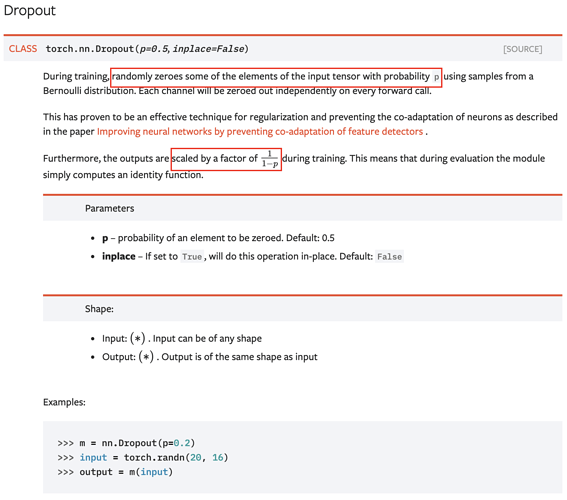Hello, a basic question, where does dropout work in the gcn model?
link:
I know dropout is to prevent overfitting and break the connection between neurons with a certain probability. But where is the neurons in gcn, it seems that there is only W (weight) parameter.
Thanks.




